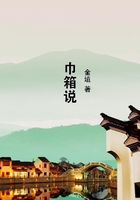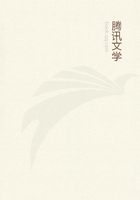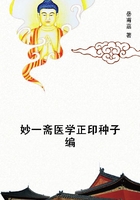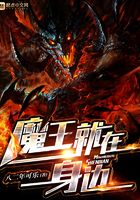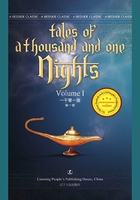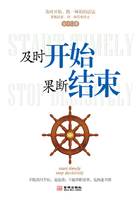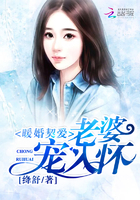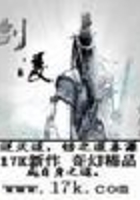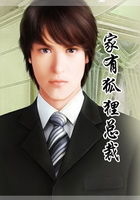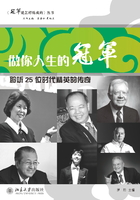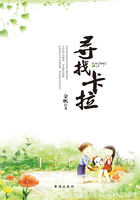THE GRAVING TOOL PRECEDES THE PEN--CLASSIFICATIONUNDER TWO HEADS, ONE WHICH SCRATCHED AND THE OTHER WHICH USED AN INK--THE STYLUS AND THE MATERIALS OF WHICH IT WAS COMPOSED--POETICALLYDESCRIBED--COMMENTS BY NOEL HUMPHREYS--RECAPITULATIONOF VARIOUS DEVICES BY KNIGHT--BIBLICAL REFERENCES--ENGRAVED STONES AND OTHER MATERIALS THE EARLIEST KINDS OF RECORDS--WHENTHIN BRICKS WERE UTILIZED FOR INSCRIPTION PURPOSES--METHODS EMPLOYED BY THE CHINESE-HILPRECHT'S DISCOVERIES--THE DIAMOND AS A SCRATCHINGINSTRUMENT--HISTORICAL INCIDENT WRITTEN WITH ONE--BIBLICAL MENTION ABOUT THE DIAMOND--WHEN IT BECAME POSSIBLE TO INTERPRET CHARACTER VALUES OF ANCIENT HIEROGLYPHICS--DISCOVERYOF THE ROSETTA STONE AND A DESCRIPTION OF IT--SOME OBSERVATIONS ABOUT CHAMPOLLION AND DR. YOUNG WHO DECIPHERED IT--ITS CAPTURE BY THE ENGLISH AND PRESERVATION IN THE BRITISH MUSEUM--EMPLOYMENT OF THE REED PEN AND PENCIL-BRUSH--THE BRUSH PRECEDED THE REED PEN--THE PLACES WHERE THE REEDS GREW--COMMENTS BY VARIOUS WRITERS--METHOD OF FORMING THE REED INTO A PEN--CONTINUED EMPLOYMENT OF THEM IN THE FAR EAST--THE BRUSH STILL IN USE IN CHINAAND JAPAN--EARLIEST EXAMPLES OF REED PEN WRITING--WHEN THE QUILL WAS SUBSTITUTED FOR THE REED--REED PENS FOUND IN THE RUINS OF HERCULANEUM--ANECDOTE BY THE ABBE, HUC.
THE instruments of antiquity employed in the art of writing belong to two of the most distant epochs.
In the first period, inscriptions were engraved, carved or impressed with sharp instruments, and of patterns characteristic of a graving tool, chisel or other form which could be adapted to particular substances like stone, leaves, metal or ivory plates, wax or clay tablets, cylinders and prisms.
The ancient Assyrians even used knives or stamps for impressing their cuneiform writing upon cylinders or prisms of soft clay which were often glazed by subsequent bakings in kilns.
The other period was that in which written characters were made with liquids or paints of any kind or color. The liquids (inks) were used in connection with a pen manufactured from a reed (calamus), while the paints were "painted" on the various substances with a brush. The writing executed with both of these instruments was on materials like the bark of trees, cloth, skins, papyrus, vellum, etc.
The ancient as well as modern pens, though of many sorts and kinds, are to be classified under two general heads, those which scratch and those which use an ink.
There is no authority to dispute the generally conceded fact that the "scratching" instrument was the first one used. Its most popular form seems to have been the stylus or bodkin, which was made of a variety of materials, such as iron, ivory, bone, minerals or any other hard substance, which could be sufficiently sharpened at one end to indent the various materials employed in connection with its use. The other end was flattened for erasing marks made on wax and smoothing it. From it the Italian stilletto took its origin.
The stylus is best described in the following lines:
"My head is flat and smooth, but sharp my foot, And by man's hand to different uses put;For what my foot performs with art and care, My head makes void, such opposites they are."Relative to the employment of marking instruments which belong to the most venerable antiquity, Noel Humphreys observes:
"Before the growth of wealth and luxury had taught nations to raise magnificent temples and stately palaces, whose walls the hieroglyphic sculptor covered with records of the pomp and pride of princes, more purely national memorials had found their place upon the native rock, the most convenient surfaces of which were smoothed for this purpose. Where no such rock existed in the situation required, a massive stone was raised by artificial means and the record, whether referring to a victory, a new boundary, or any other event of national interest was engraved upon it. Such memorials have been described by Hebrew writers as aumad or ammod, literally, the lips of the people, or, the words of the people, but actually meaning a pillar. Records in this form and the early name they bore account for the strange legends of mediaeval times referring to speaking stones--a name by which such monuments were probably still called long after time had effaced the speaking record, and the original purport of the defaced stone was forgotten. In semi-barbarous epochs, like the era which followed the partial extinction of Roman civilization, popular curiosity and superstition combined would seek to give a meaning to the name of such 'speaking stones,' and as an example of the legends which thus arose, the itinerarium cambriae of Geraldus may be cited, in which a stone is mentioned at St. David's as the 'speaking stone' (lech lavar) which was said to call out when a dead body was placed upon it. The most remarkable rock inscriptions still remaining are those of Assyria and Persia, but many national tablets of more recent date are still in existence. For the execution of such records and those of the palaces of Egypt and Assyria, some kind of steel point must have been used, as no softer substance would have served to engrave them in granitic and basaltic slabs with the sharpness they still exhibit, which proves that the art of hardening steel, long thought a comparatively modern invention, was known to the ancient people of Asia and Africa."A list of the various devices of different countries, by which characters could be legibly portrayed with a scratching implement, is best recapitulated by Mr. Knight, who presents them in the following order:
"The tabula or wooden board smeared with wax, upon which a letter was written by a stylus.
"The Athenian scratched his vote upon a shell as did the lout when he voted to ostracize Aristides.
"The records of Ninevah were inscribed upon tablets of clay, which were then baked.
"The laws of Rome were engraved on brass and laid up in the Capitol.

